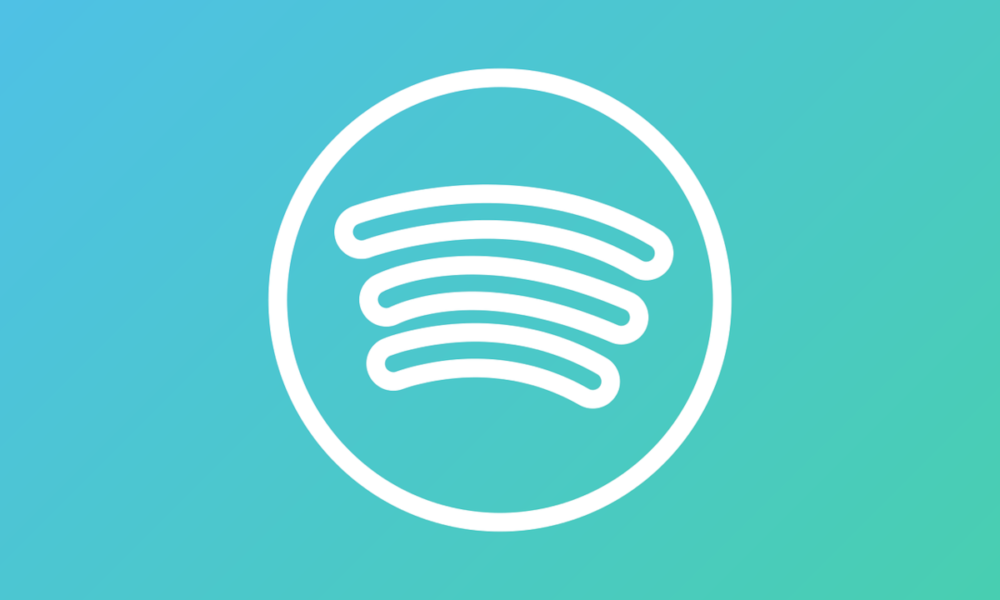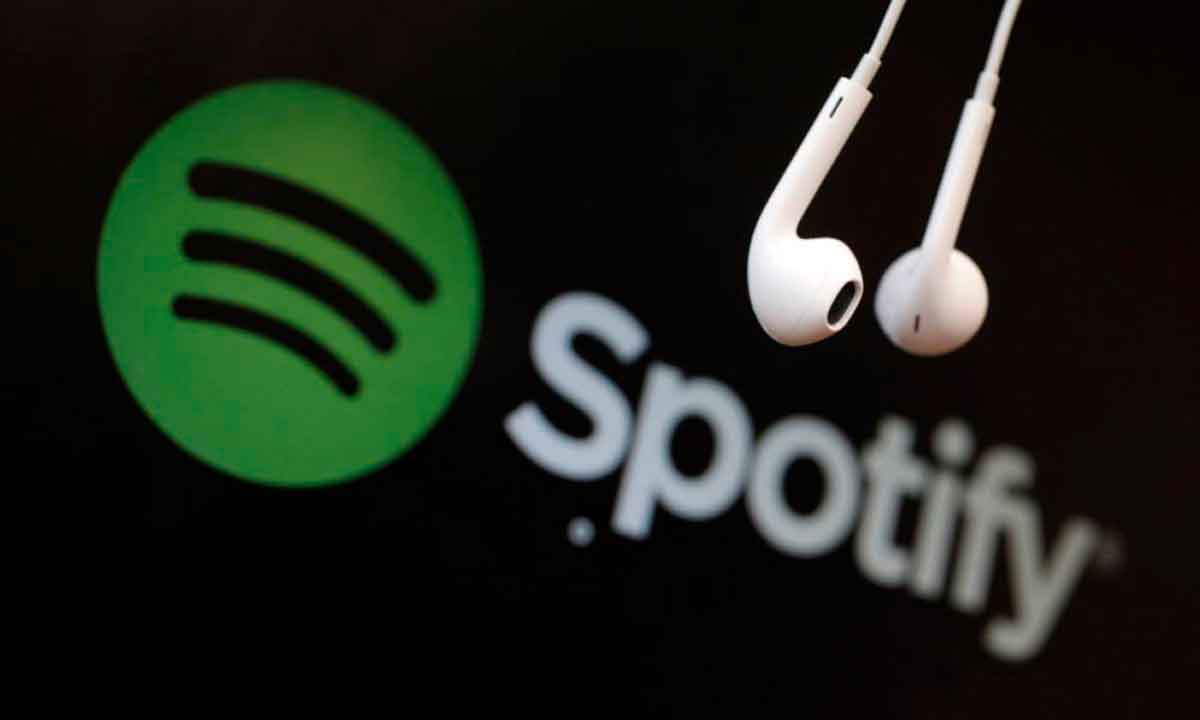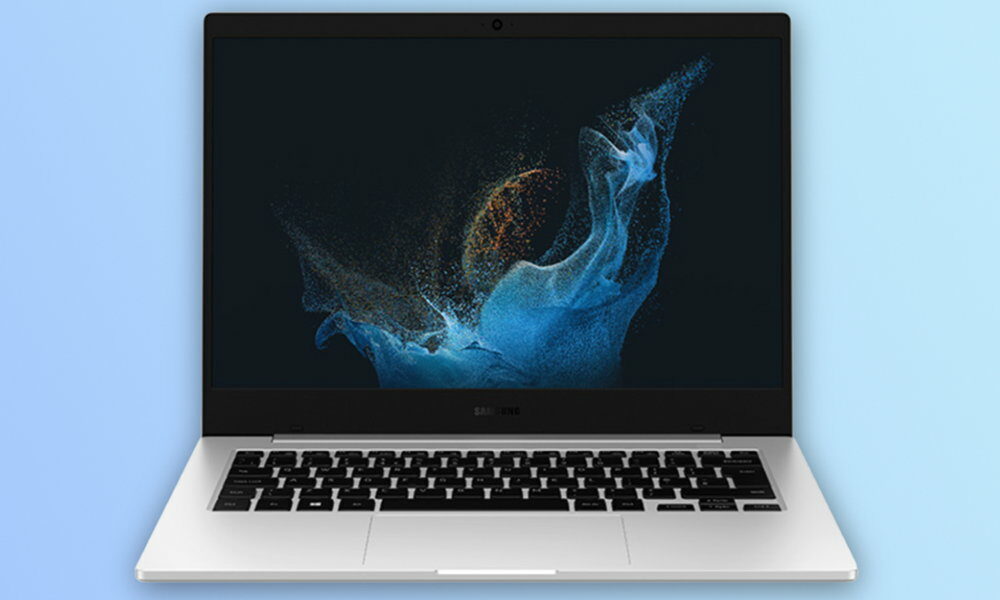
We owe Spotify a lot, and I mean that sincerely. It was not the first music streaming platform, but the one that managed to popularize this type of services and, therefore, responsible for the fact that today there is a monthly subscription modality to obtain access to large musical catalogues. With its pros and cons, which obviously also have them, we cannot deny that the service was a precursor to something that, today, is already part of the day-to-day life of many people.
Over the years, Spotify has shown a certain ability to adapt, and the main example of this can be found in how it has been able to focus on podcasts, a type of content that has contributed substantially to the growth of subscribers. But nevertheless, in other aspects it has been showing a bit slow for a long time, almost even lacking reflections, something that is striking if we consider how he knew how to see the opportunity at the time.
The clearest example of this we have, without a doubt, if we talk about high fidelity. And it is that it will soon be a year since the company announced Spotify HiFi, a very vague announcement, yes, since it only indicated that the service would be launched sometime in 2021 in some countries. That generic, yes, and of course without data on the quality of the files, the price of the service, etc. Little more than a toast to the Sun that, about to end the first month of 2022, has not yet materialized.
Spotify announced Spotify HiFi in late February, and Apple followed suit in early May by announcing Apple Music in HiFi, and giving a good blow on the table by maintaining the price of the service. Let us remember that, until then, high-fidelity music streaming services were more expensive than those that offered standard quality. In the immediate aftermath of Apple’s announcement, Amazon also matched the price of its HiFi music service to that of a normal subscription.
Thus, although Spotify was ahead of its announcement (but only in its announcement) Apple and Amazon, two of its main rivals, were substantially quicker to deploy this feature. And it is surprising to think that the thinking heads of the company did not imagine that their announcement would be answered by other companies, and therefore that it was not prepared to go ahead not only in the announcement, but also in the implementation of what was announced.
As you may remember, a few days ago we told you about the ultimatum raised by Neil Young, which demanded the withdrawal of Joe Rogan’s podcast, or else his music from the service. Spotify ultimately decided to keep Rogan’s content, and consequently Young’s music is no longer available on the service. But the old rocker has not been content to leave the service, has also put the focus back on its sound quality, something that has been one of its fronts for a long time.
And, according to Young, Spotify can reduce sound quality by up to 95%, leaving what its users hear at 5% of the original quality. Personally, it seems to me an exaggeration, since I understand that you are talking about the level of compression, but it ignores the parts of it that do not translate into loss of quality. However, Young is giving when he says that other services, such as Apple Music, Amazon Music and Qobuz offer 100% quality, clearly referring to their HiFi options.
TOannouncing something and that more than a year later still has not materialized has been a huge mistake by Spotify. It has allowed its rivals to get ahead, and has also brought criticism of the “standard” quality offered by Spotify back into the public conversation. I want to think that they have learned their lesson, because this, in my opinion, is something that in the future will be studied in business schools, as a clear example of what you should never do, unless you want to put yourself in the hands of your competition.




